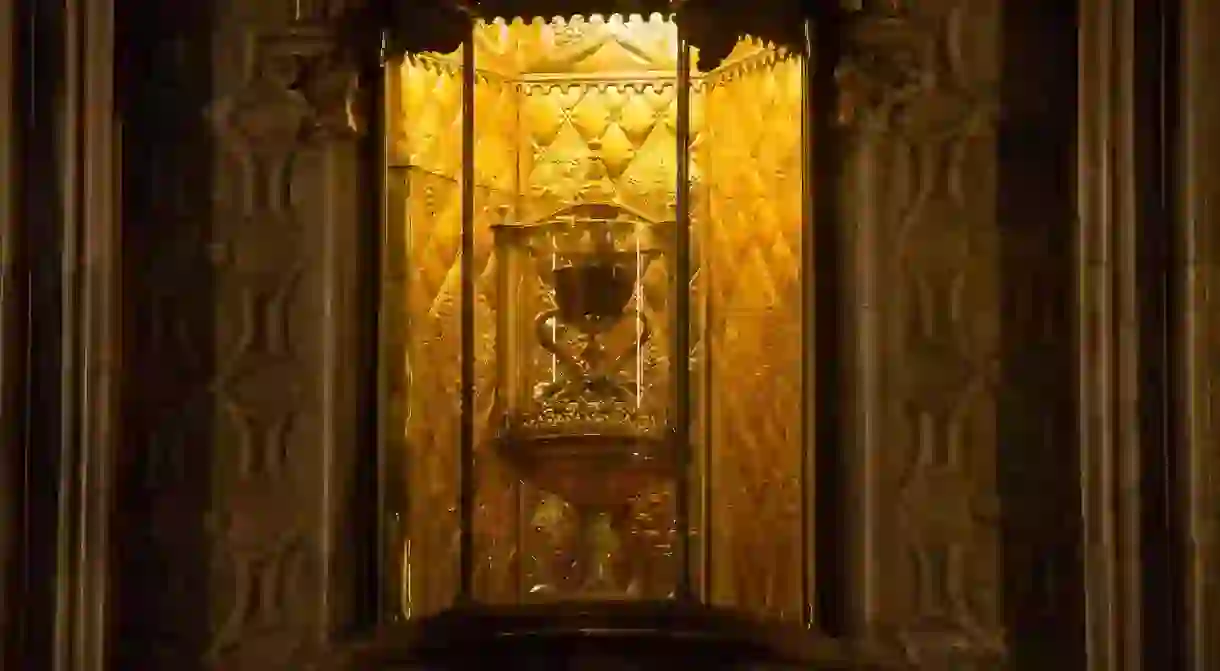7 Things You Didn't Know About the Holy Chalice of Valencia

Many places around the world claim to be the home of the Holy Grail – or the Holy Chalice – the cup that Christians believe Jesus drank from at the Last Supper. Whether or not the cup is real, whether it still exists and where exactly it is located are heavily debated questions. Valencia Cathedral is one place claiming to have the actual Holy Grail in its possession, and their claim is a pretty convincing one. If you plan to take a look for yourself during your trip to Valencia, here are some facts to know before you go.
Chapel of the Holy Grail
Valencia’s Holy Grail has been kept behind protective glass in the lavish “Chapel of the Holy Grail” within the city’s gothic Cathedral for over a century, since 1916.
Mysterious history
The cup has been in the city of Valencia since the 15th century, arriving after a long journey through Catalonia, Huesca and the Pyrenees. How it got to be in Spain at all, never mind in this particular cathedral, is a very long story which historians can’t agree on. Some scholars think that the artefact was taken by St. Peter to Rome, then later by a Vatican soldier to Spain.

Precious jewels
The holy chalice, covered in gold and studded with precious jewels, seems more than a little elaborate for something supposedly used two millennia ago. But the real “Holy Grail” part is specifically the cup at the top, carved from a deep red agate. The base, handles, and precious stones were added many centuries later.
Valencia’s Holy Grail is recognised by the Vatican
Along with Jerusalem, Rome and Santiago de Compostela, the Vatican has designated Valencia as one of the world’s ‘Eight Holy Cities’ and as a ‘City of the Holy Grail’. Two Popes, Pope John Paul II and Pope Benedict XVI, have held mass in Valencia with the chalice.

Civil War
The chalice has only ever been removed from the Cathedral twice since being placed there. Both times were during the Spanish Civil War in the 1930s, in which Valencia suffered terrible damage. The Holy Grail was taken away for safekeeping because of fears it might be stolen or destroyed in the fighting.

Other important artefacts
Originally consecrated in 1238, the Cathedral may be most famous for the Holy Grail but it’s also home to many priceless artworks and other important religious relics, including the mummified arm of St Vincent the Martyr.
Guided tours
When visiting the Chapel of the Holy Grail, you can take an audio tour which explains the history of the chalice and how it has inspired the grand architecture in this part of the Cathedral. To find out even more about the Holy Grail you can take a guided tour through important spots in Valencia that help tell its story, and includes entrance to the Cathedral and Chapel of the Holy Grail.













